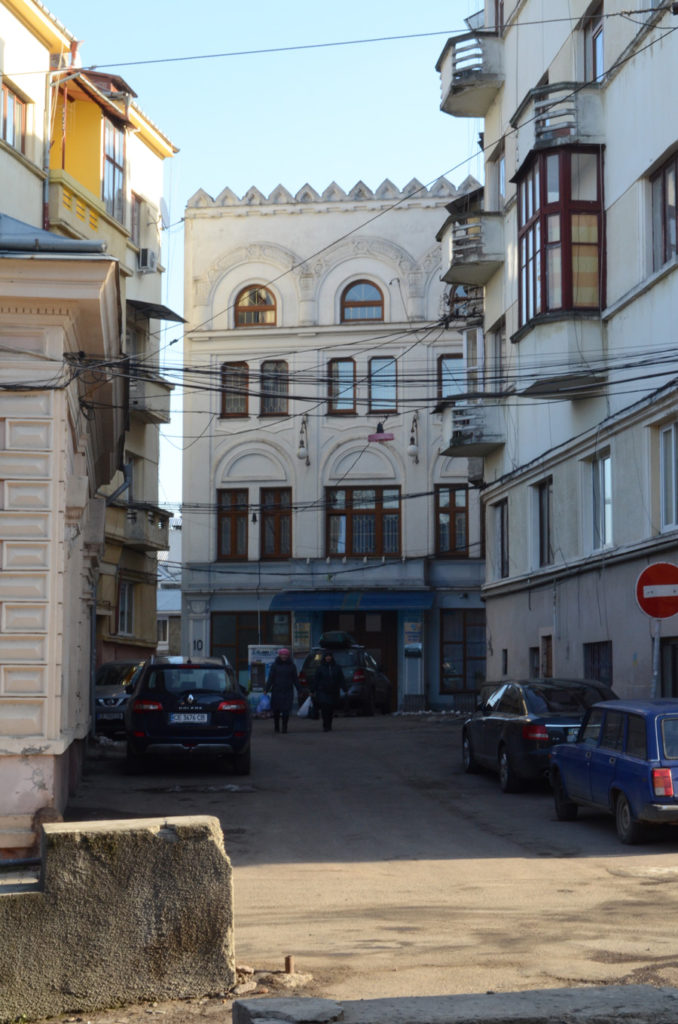
Jewish Cultural and Educational Center Toynbee Hall
Toynbee Hall opened in 1913 and soon became a hub for interwar Jewish culture. This is also where social and political meetings would take place – until it was closed in 1940.
Choose your language
Centropa’s AudioWalks take you on a journey through the Jewish history of Central and Eastern Europe.
Use our multimedia maps, and explore the family pictures, archival material, and personal stories of 21 Jewish Holocaust survivors to get a unique insight into Europe’s rich Jewish heritage, and to discover sites of Jewish life in towns in Moldova, Ukraine, Belarus and Lithuania.

Toynbee Hall opened in 1913 and soon became a hub for interwar Jewish culture. This is also where social and political meetings would take place – until it was closed in 1940.
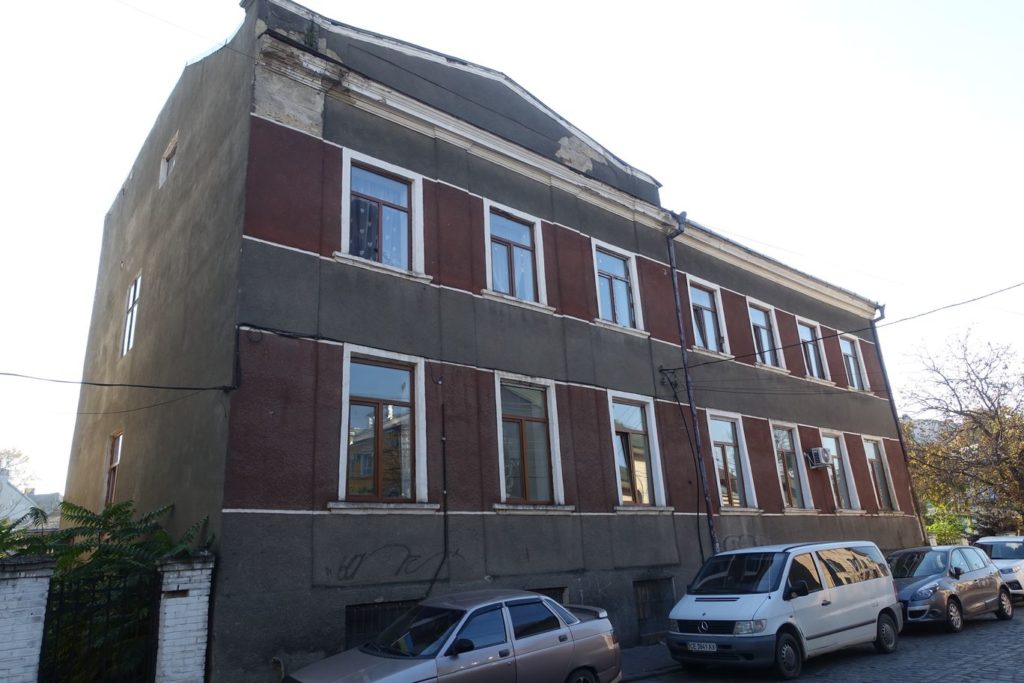
Safah Ivriah used to be one of Chernivtsi’s major institutions to promote the Hebrew language before World War II. Its students included famous poet Paul Celan and Centropa interviewee Bruno Bittmann.

“Morgenroit” was an organization of “Bund”, the Jewish section of the Social Democratic Party, which established the Morgenroit Cultural House in 1908 as an educational and cultural center for Jewish workers.
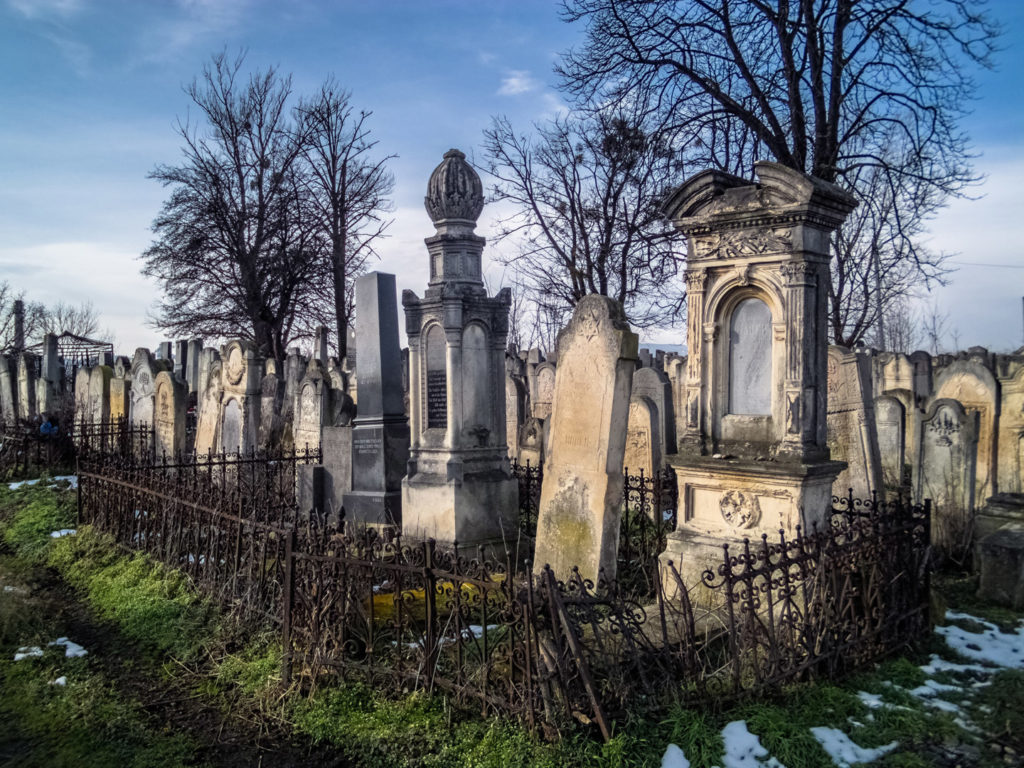
Chernivtsi’s impressive Jewish cemetery is located a bit outside the city center. With an estimated 50,000 tombs, the cemetery is one of the largest Jewish cemeteries in Central and Eastern Europe, and a testimonial to the city´s rich Jewish heritage.

This grand building opened in 1908, and soon became the home of Chernivtsi’s Jewish community and Jewish institutions. Today, it’s also the location of the Chernivtsi Museum of the History and Culture of Bukovinian Jews – and the starting place of this AudioWalk.
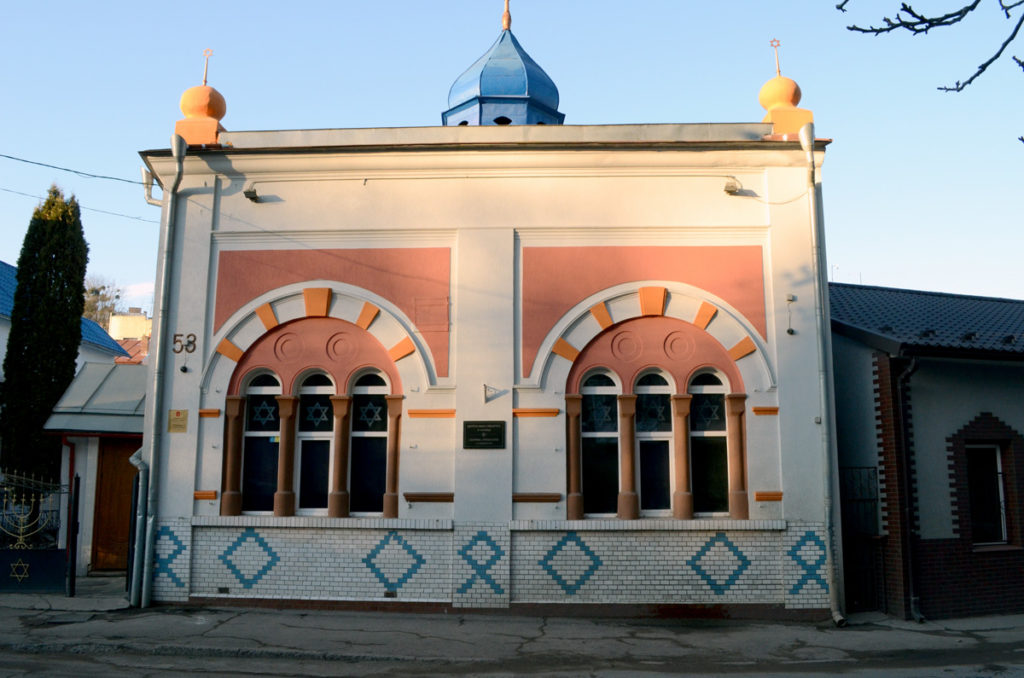
The Beit Tfilah Benyamin synagogue played an important role for Jewish life after 1945, as it became the only functioning synagogue for decades.
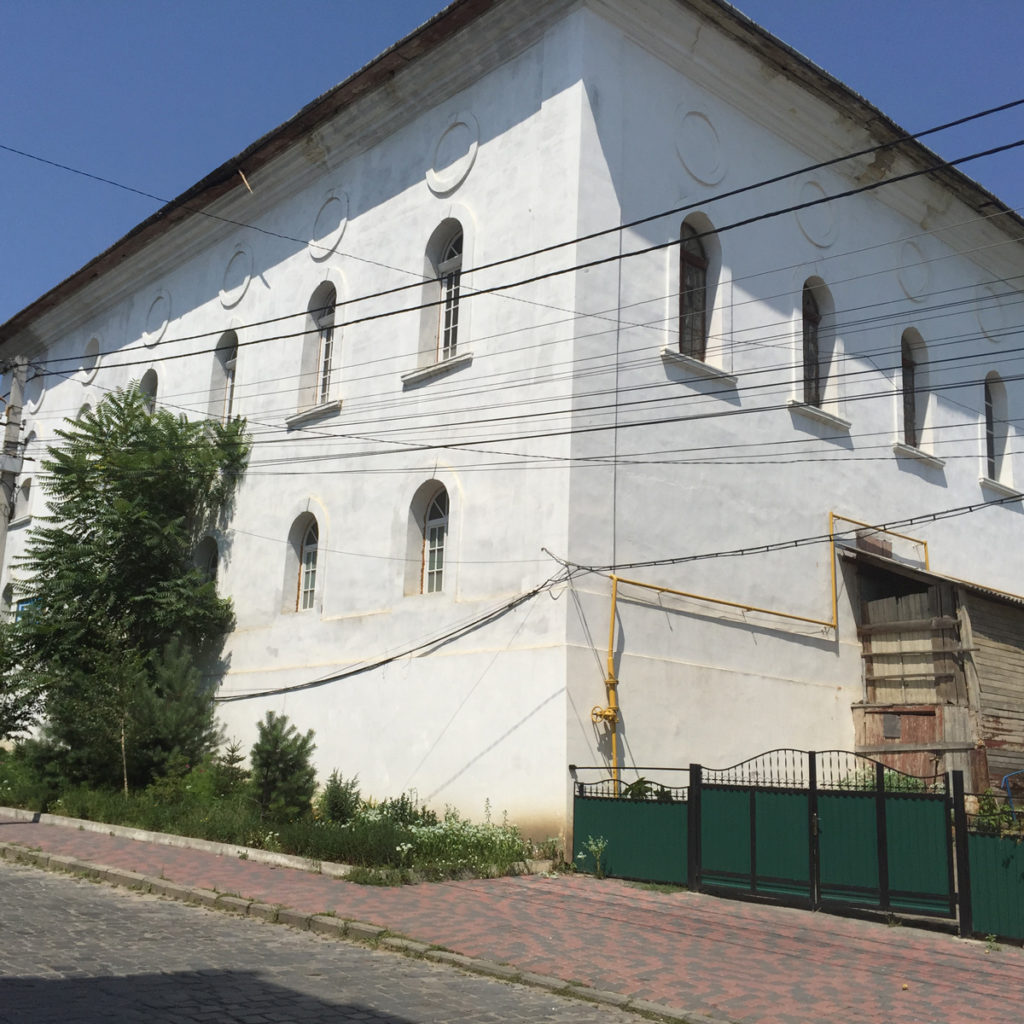
The Groise Shil was built in 1854 and was the main Jewish temple of Chernivtsi until 1877. When the Temple synagogue was built, the Groise Shil became the main Orthodox synagogue in Chernivtsi.
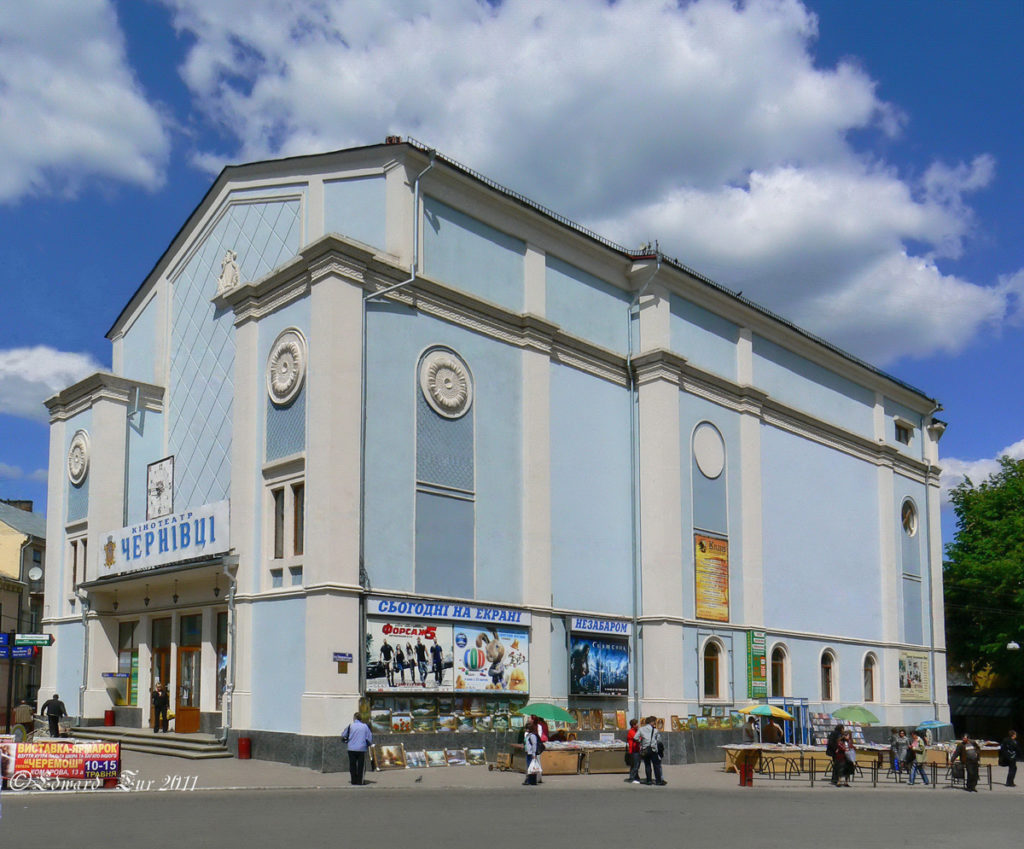
“We went to the big temple on special occasions, like the high holidays or a wedding, and it was always full, you had to buy seats for this beforehand from the Jewish community […]” – Melitta Seiler
© 2022 Centropa & Project Partners. All rights reserved.
Privacy Policy / Cookie Preferences / Legal Notice & Photo Credits